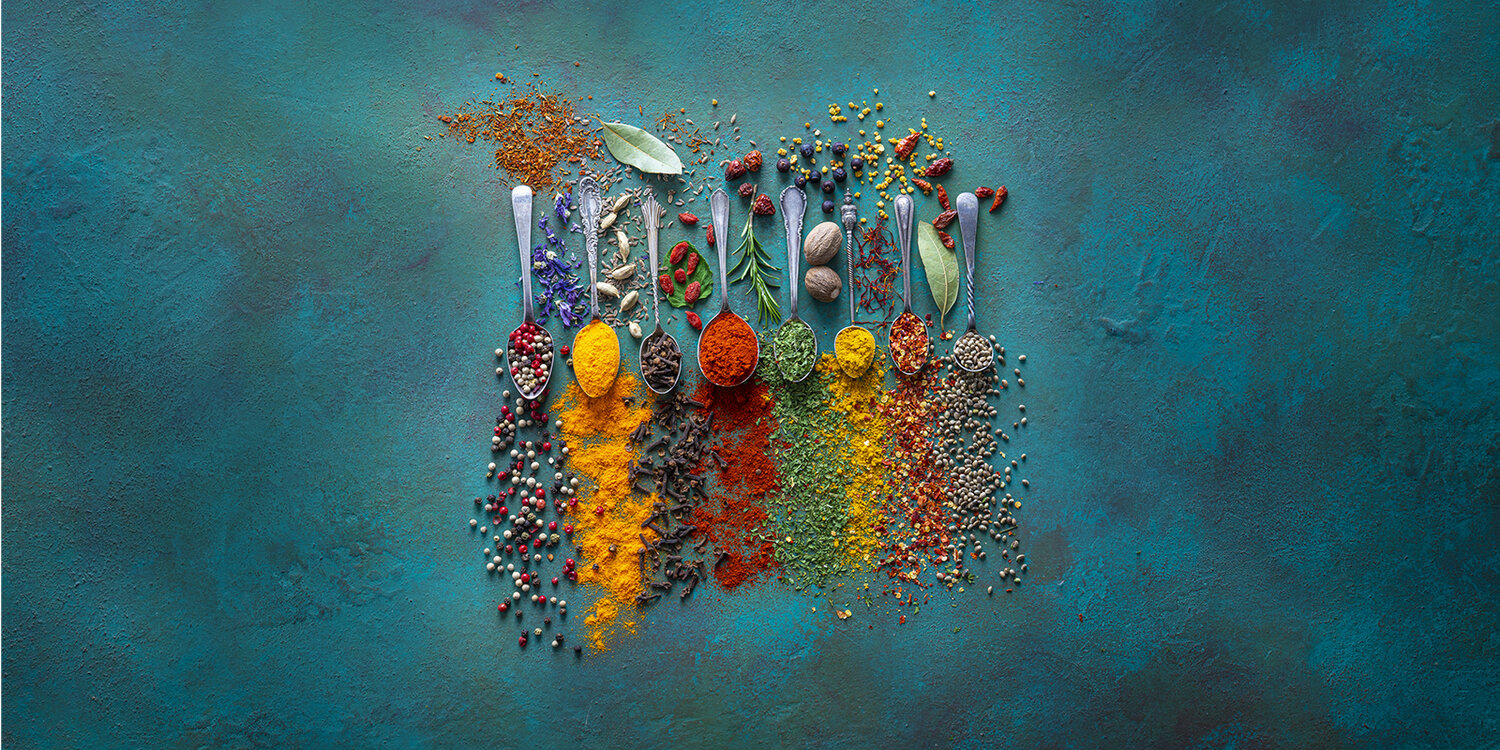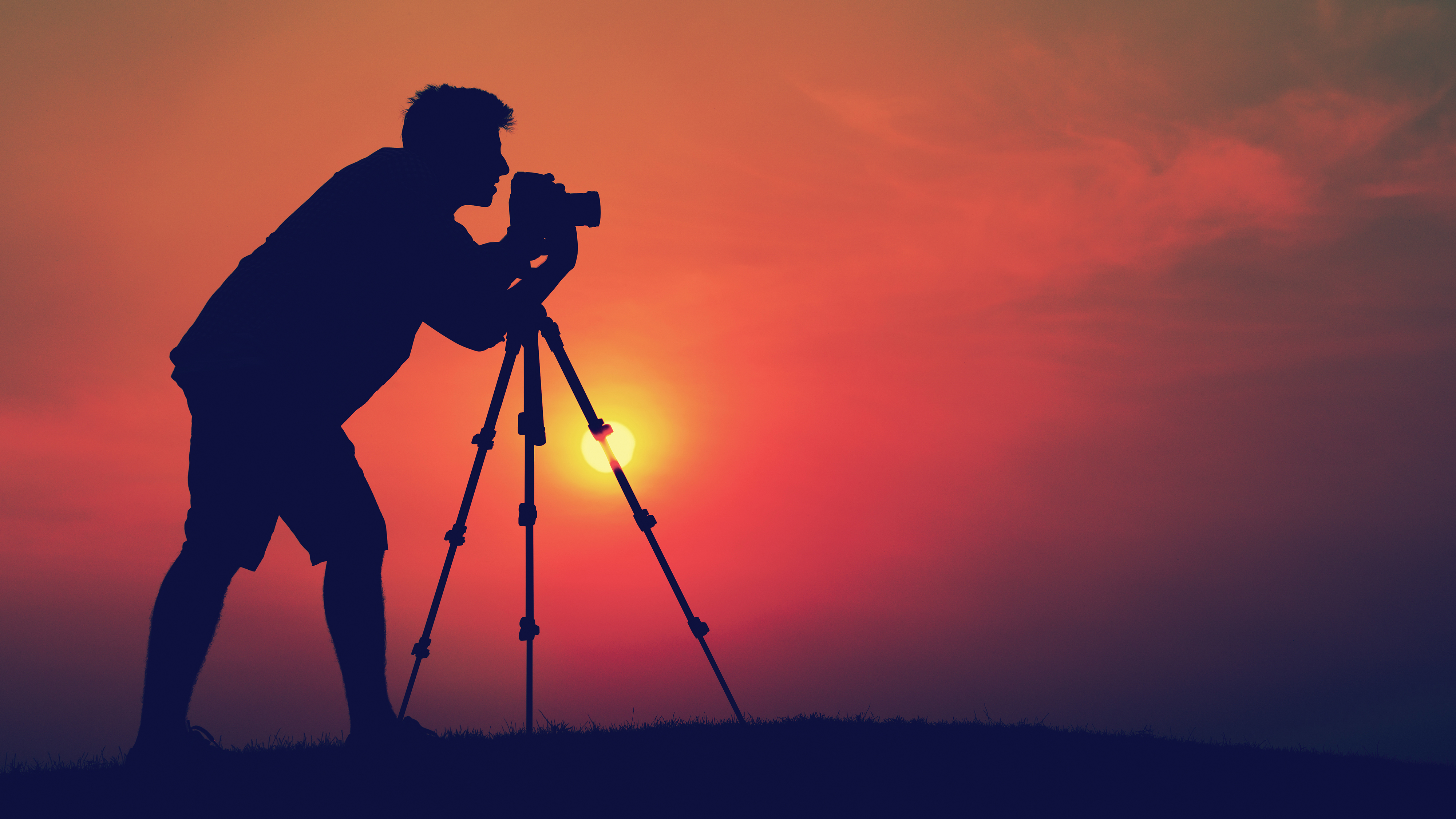Crafting Vision: Improve Your Methods with Special Photography Workshops
Wiki Article
Photography Workshop: Unlocking Your Creative Vision
Through a collection of hands-on exercises and experienced support, you will certainly learn exactly how to harness the power of viewpoint, master light and shadow, explore imaginative composition techniques, release your creative imagination with post-processing, and capture feeling and narration in your pictures. Led by seasoned experts in the area, this workshop will offer you with invaluable understandings and functional knowledge to open your creative vision and create exciting aesthetic stories. Whether you are a novice or a skilled photographer, this workshop is designed to expand your perspectives and press the limits of your imagination.Recognizing the Power of Point Of View
Comprehending the power of point of view in digital photography includes picking the optimum angle and viewpoint to effectively communicate the preferred message or evoke certain emotions in the visitor. As a digital photographer, one should identify that the method a topic is caught can greatly affect the overall analysis of a picture. By strategically picking the perspective, digital photographers can adjust the audience's understanding, leading them to focus on particular elements or feel a specific way.Perspective refers to the position from which a photo is taken. It dictates the relationship in between the subject and its surroundings, influencing the visual dynamics and deepness in a photograph. Capturing from a reduced angle can make a subject appear more enforcing or dominant, while firing from a high angle can produce a feeling of susceptability or insignificance. The option of point of view can additionally figure out whether a subject shows up remote or approachable, intimate or removed.

Mastering Light and Shadow
To properly record the essence of a subject in photography, professional photographers have to understand the interaction of light and darkness. Light and darkness have the power to change an average scene right into a significant and captivating image. Comprehending how to manage and control light and shadow allows photographers to produce depth, texture, and state of mind in their photographs.One key facet of understanding light and shadow is understanding how to identify and utilize different kinds of lights. Natural light, as an example, can vary depending on the time of day, weather, and location. Digital photographers must discover to adapt to these variations and make the most of the readily available light to improve their topics.
Along with all-natural light, digital photographers can also experiment with fabricated lights resources to develop unique effects. Studio illumination, off-camera flash, and light modifiers such as diffusers and reflectors can all be made use of to form and control the light in a scene.
Comprehending the connection between light and darkness is crucial in creating aesthetically striking make-ups. By tactically putting the subject in regard to the light, digital photographers can develop intriguing patterns, shapes, and contrasts. The interaction of light and shadow can add depth, dimension, and aesthetic rate of interest to a picture.
Exploring Innovative Composition Techniques
Continually honing their abilities in light and darkness manipulation, photographers explore the world of checking out innovative structure techniques to even more enhance their photographic vision. Make-up is an essential aspect in photography that involves preparing the different elements within the structure to produce a visually enticing and impactful image. By comprehending and using innovative structure strategies, digital photographers can elevate their job from average to extraordinary.One of the most essential strategies is find out the rule of thirds. This method entails separating the structure into 9 equal parts making use of 2 straight and two vertical lines. Positioning points of passion along these lines or at their crossways aids to produce a well balanced and visually pleasing composition.
One more strategy is leading lines, where lines within the frame are used to lead the audience's eyes towards the primary topic. These lines can be normally happening, such as roadways or rivers, or synthetically created, like fences or barriers.

Additionally, digital photographers can trying out various perspectives, such as high angles or reduced angles, to develop compelling and one-of-a-kind compositions. They can also explore the usage of unfavorable space, proportion, patterns, and appearances to include visual influence to their images.
Unleashing Your Creativity With Post-Processing
Post-processing deals digital photographers the chance to release their creative imagination and raise their photos to brand-new degrees of creative thinking and visual effect. This phase of the photo process involves boosting and controling pictures using software tools such as Adobe Photoshop or Lightroom. With post-processing, digital photographers can remedy exposure, adjust shade equilibrium, remove diversions, and apply imaginative results to their images.One of the vital advantages of post-processing is the ability to bring out the full possibility of a picture. It permits photographers to create a details state of mind or atmosphere by adjusting the tones, comparison, and saturation - photography excursions. Furthermore, post-processing enables the musician to trying out various innovative designs, such as adding a vintage look, using a remarkable black and white conversion, or perhaps creating unique results
Additionally, post-processing can aid digital photographers get over particular constraints of their devices. For instance, it enables the merging of numerous direct exposures to develop stunning high dynamic variety (HDR) photos or the removal of undesirable items or people from a scene.
However, it is important to note that post-processing need to not be made use of as a crutch to repair poorly composed or exposed images. It is best utilized as go to these guys a device to boost and amplify the photographer's imaginative vision.
Catching Feeling and Storytelling in Your Pictures
By catching feeling and storytelling in your images, you can evoke effective narratives and develop a deeper link with your target market. Photography is an art type that surpasses catching a moment in time; it has the ability to convey emotion, tell tales, and deliver the visitor right into a different globe. When you can properly capture emotion in your pictures, you can develop photos that reverberate with your audience on a profound degree.

One way to record emotion in your images is to concentrate on the topic's faces and body movement. photography courses. These aesthetic cues can connect a vast array of feelings, from happiness and excitement to unhappiness and contemplation. By paying interest to these information, you can record the significance of a moment and stimulate an emotional action from your viewers
In enhancement to capturing feeling, narration is another crucial element in photography. A photo can narrate by capturing a single minute or by documenting a collection of events. The structure, illumination, and subject issue all contribute to the narrative of the photo. By meticulously selecting these aspects, you can develop a tale that involves your audience and triggers their creativity.
Recording emotion and storytelling in your images calls for technique and a keen eye for detail. It has to do with finding the best moment, the appropriate angle, and the right composition to convey your intended message. By mastering these methods, you can create photographs that not only capture the attention of your audience but also leave an enduring perception.
Verdict
In conclusion, the digital photography workshop offered useful insights right into opening one's imaginative vision. By recognizing the power of perspective, grasping light and shadow, discovering imaginative structure methods, and letting loose creativity through post-processing, participants were outfitted with the devices to catch feeling and narration in their photos. This workshop has actually definitely improved their digital photography abilities and allowed them to express their artistic vision with visual narration.To successfully catch the significance of a subject in photography, digital photographers should grasp the interaction of light and shadow. Comprehending how to manage and control light and shadow enables digital photographers to create deepness, texture, and state of mind in their photographs.
By strategically putting the topic in connection to the light source, photographers can develop fascinating patterns, shapes, and contrasts.Constantly sharpening their abilities in light and shadow manipulation, professional photographers dig into the realm of exploring innovative find here structure strategies to additionally enhance their photographic vision. It allows digital photographers to create a specific state of mind or atmosphere by adjusting the tones, contrast, and saturation.
Report this wiki page